In some other recent colums, Sifting Silver, and Heavy Metal, I have been alluding to how important it is to employ an accurate system of weights and measures to ensure you get your money's worth when you buy bullion. I pointed out that precious metals are quoted with spot prices stated in troy ounces, but in America we're accustomed to using the Avordupois ounce. Troy ounces are heavier at 31.1 grams, than a corresponding Avordupois ounce at 28.35 grams.
As a result we are, at times, unwittingly paying a hidden premium to purchase coins based on this confusing duality. This can be averted if you are purchasing items minted in the same system (ie. paying troy price for troy ounce coins). For example, there is no problem - if buying American Eagles, either silver, gold, or platinum produced by the United States Mint - as they are all true one troy ounce .999 fine examples of pure bullion coins. However, their own website does not clarify the issue. Maybe they assume everyone knows precious metals are troy ounces.
Herewith, the exact wording from their own site, which may be confirmed by the link I provide. "Like its proof counterpart, the American Eagle Silver Uncirculated Coin is available in a one-ounce size, while the American Eagle Uncirculated Coins in both gold and platinum are available in one-tenth, one-quarter, one-half and one ounce sizes, as well as a complete four-coin set containing one coin of each size. The American Eagle Platinum Uncirculated Coins carry the same reverse design as the American Eagle Platinum Proof Coins."
http://www.usmint.gov/mint_programs/index.cfm?flash=yes&action=american_eagles This lack of precision could confuse a public not versed in precious metals. How many beginners would even think to question that the ounces might be different? What about investors who want to buy pre-1933 American gold coins? Those coins - partly as a result of numismatic demand - sell at a premium to spot. The current price of an "almost uncirculated or better" $20 Double Eagle St. Gauden's piece listed at APMEX is $1536.79. This with melt at $1153.50.
So there's already a 33.23% premium built into the price. Now, granted, few educated investors are going to be bidding - on the St. Gauden's series minted from 1907 to 1933 - for their gold bullion content. Nor will they bid upon the the Liberty Head Double Eagle series that preceded them, minted from 1850 to 1907. Few educated investors, I'm trying to imply. But greenhorns are entering the market. And all they've heard is that gold is going up. "Buy gold before it's too late."
There is a horde of these new buyers - fearing the dollar's demise - beginning to flood into the market, seeking bullion as a safe haven to guard against loss of their purchasing power. When - as is occasionally the case - demand exceeds supply, the Mint ceases to distribute Eagles in any form. This happened in August of 2008: http://www.gata.org/node/6489 and again this year around Thanksgiving: http://news.coinupdate.com/us-mint-suspends-sales-of-gold-and-silver-eagle-coins-0053/.
Most online dealers offer an array of gold and silver one troy ounce coins from other countries; for example the Canadian Maple Leaf, the South African Kruggerand, the Austrian Philharmonic, the Chinese Panda, or the Australian Kangaroo Nugget. There is also a Mexican gold piece - the 50 pesos Centanario - which is 1.2057 troy ounces. Large dealers also carry items such as the Austrian 100 Corona piece, or the Hungarian 100 Korona coin, both of which contain 0.9802 troy ounce of gold. The market for these two coins is limited compared to the others.
When supply dries up, buyers may turn to available bullion regardless of source. Online dealers are probably your safest bet to purchase one troy ounce 22 karat gold American Eagles, or their counterpart one troy ounce 24 karat gold American Buffaloes. If they're sold, out you might turn instead to one troy ounce foreign bullion gold coins. If even these are gone, you could consider fractionals. 1/20, 1/10, 1/4, or 1/2 troy ounce bullion will come in handy if gold ever functions as money again. However, the premiums you'll pay increase the smaller the size of the fractional.
At times of highest demand, even these bullion coins may be difficult to obtain. It will seem like you can't find gold anywhere. Dealers will request payment in full, but promise only to fill your order when coins come available, with waiting periods that could approach four months. For this reason - and from a misplaced fear of confiscation - many buyers will turn to pre-1933 gold coins. Not for their collectible value as numismatics, but because it's the only form of gold bullion they can find.
This is not the smartest thing to do. As mentioned earlier a high premium will be charged above the melt value of the bullion content of the gold. The St. Gauden's gold pieces are a bit more in demand than the Liberty Head series, and prices reflect that. At any given price, the St. Gauden's will command a price $15 to $20 above the Liberty Head. Right now Liberties are available at APMEX for $1524.11. How much gold do you get for this price? Less than you imagine. These coins don't contain an ounce of gold, as novices might assume.
Both Liberties and St. Gauden's gold pieces were minted to identical specifications. They weigh 33.346 grams and are composed of an alloy of 90% gold and 10% copper. This makes them .900 fine gold, in the parlance of the industry. As a result, even though heavier than an ounce, their content is only 0.9675 troy ounce. This ratio holds true for the smaller $10 eagle with 0.4837 troy ounce, the $5 half eagle with 0.2418 troy ounce, and the $2.50 quarter eagle with 0.1209 troy ounce of pure gold.
Thus, if you are buying old gold for its bullion content, you're paying dearly for the privilege, in this case another hidden 3.5% tacked on to the existing premium. Your "ounce" of gold, thanks to the vagaries of nomenclature, could cost you much more than you expect. Buy pre-1933 gold coins for their bullion content and you could be paying the equivalent of $1592 for a troy ounce, when melt is only at $1155. Not the smartest move in my book, Albert. Save your money. Wait. Bullion will be back. Buy it on dips and hold on for the ride of your life.
Buy Silver. Buy Gold. Save Copper. Start Now.
Sunday, December 6, 2009
Subscribe to:
Post Comments (Atom)



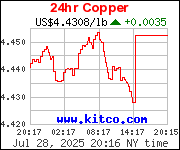


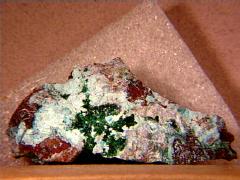

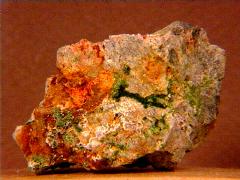
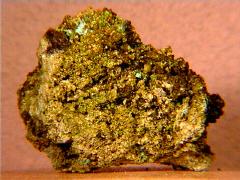
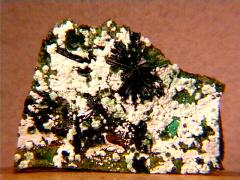
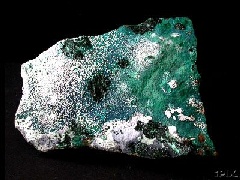


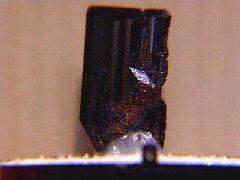
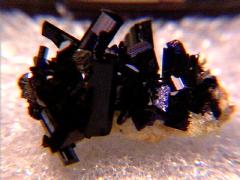
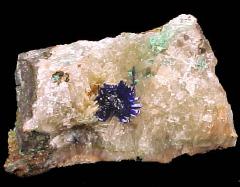


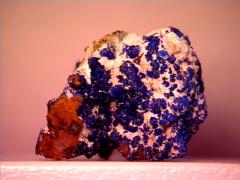






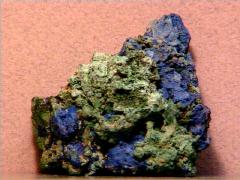

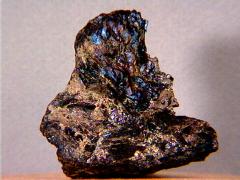




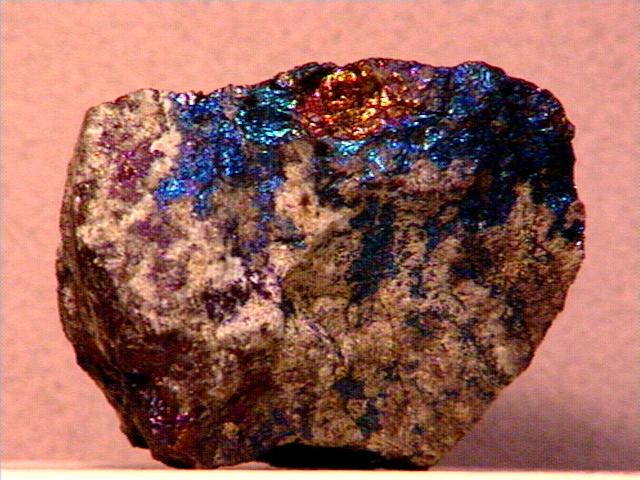


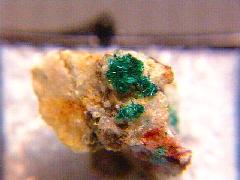
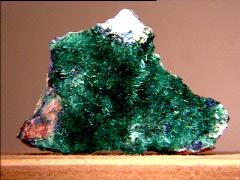






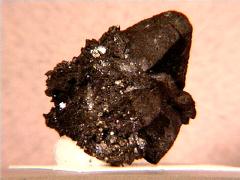
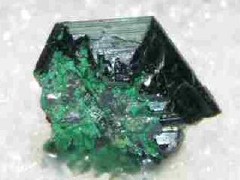
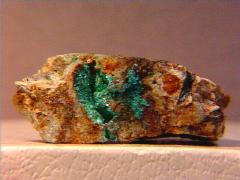

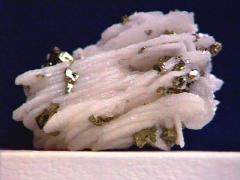
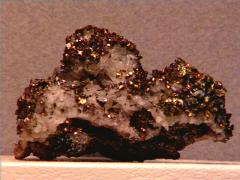

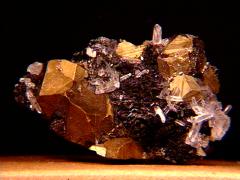
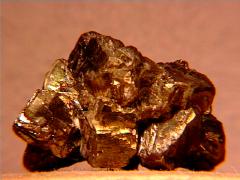




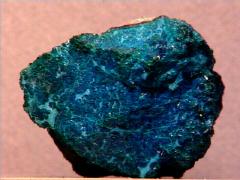
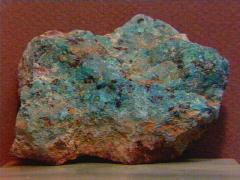


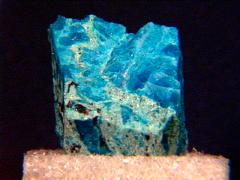
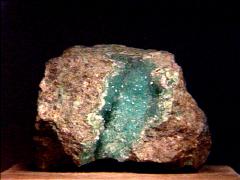
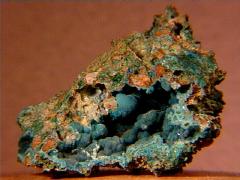
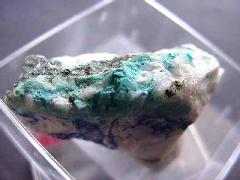
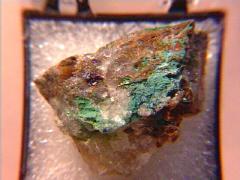
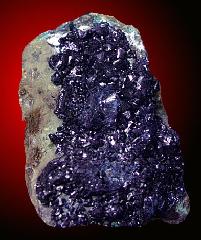
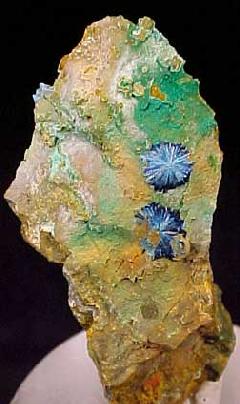
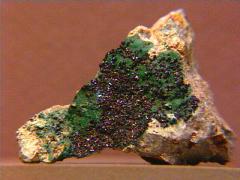

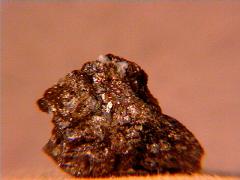
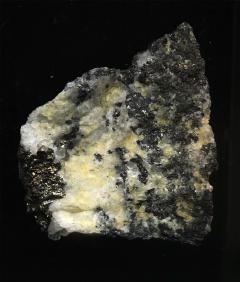



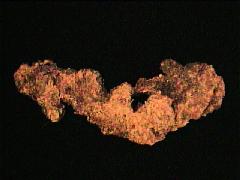


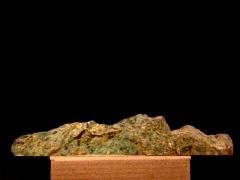



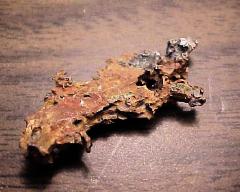
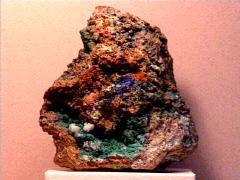


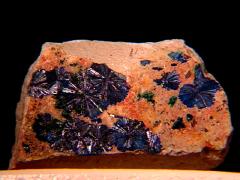
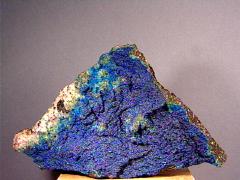

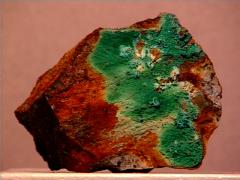


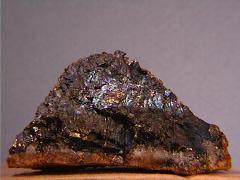
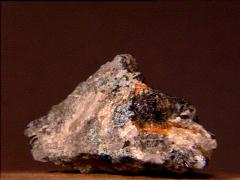


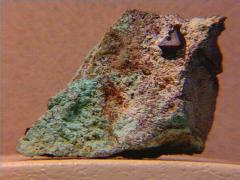


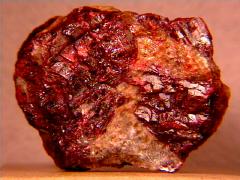
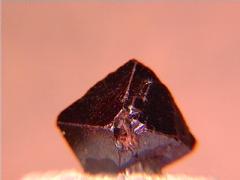

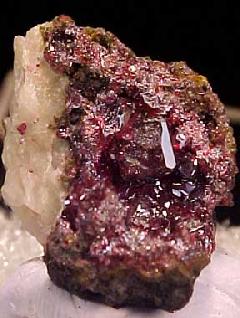


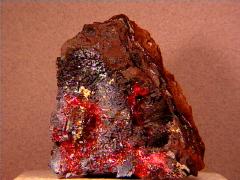


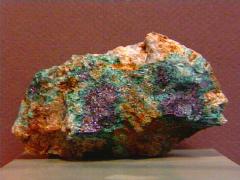

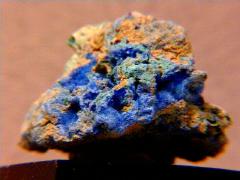

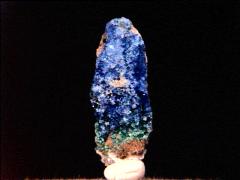




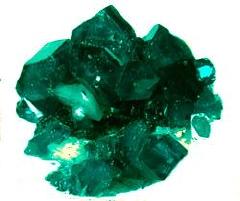



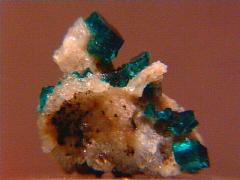








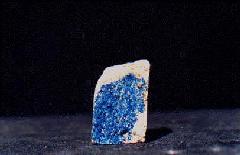


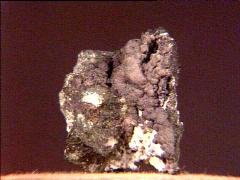
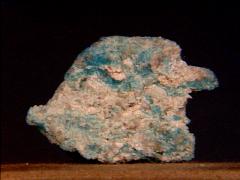
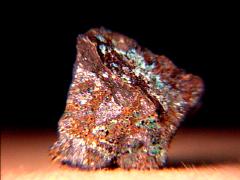





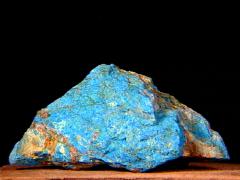

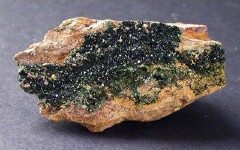


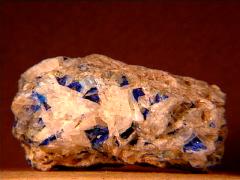
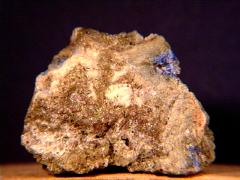


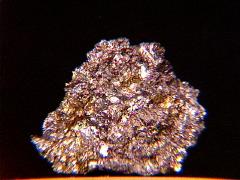
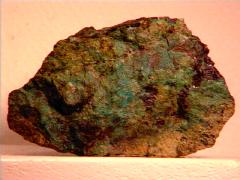
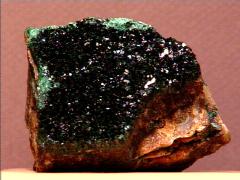
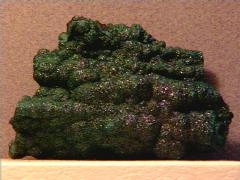




No comments:
Post a Comment